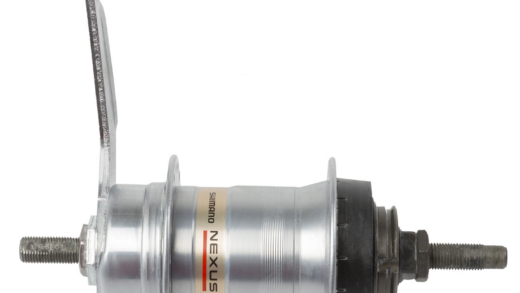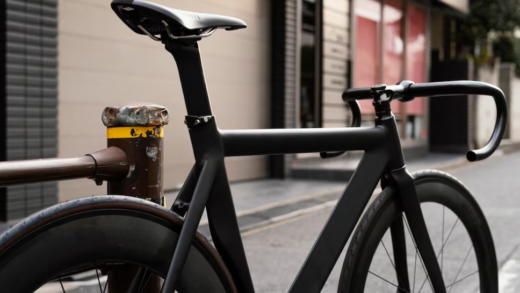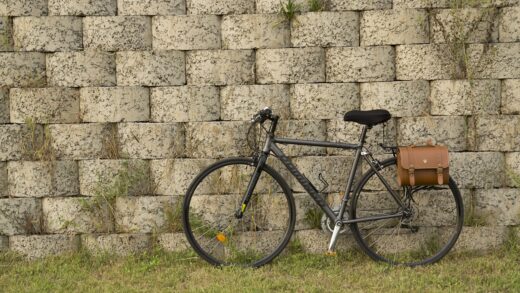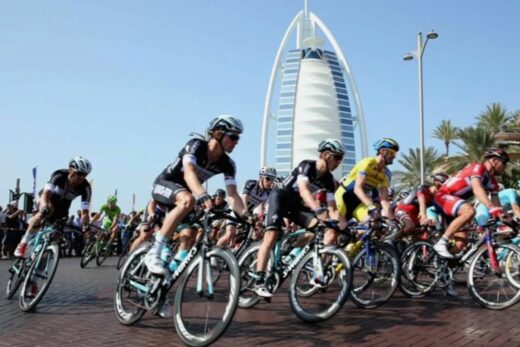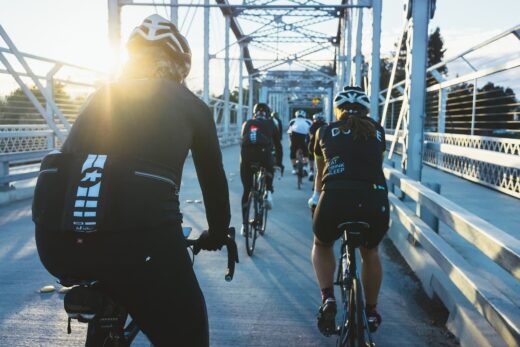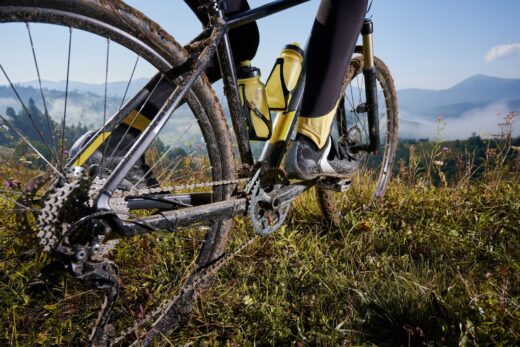Bicycles with handlebars are gaining in popularity again. Baran handlebars are installed on three types of bicycles: road bikes, cyclocross bikes, and track bikes. Today we’re going to talk about the first two. For some, it won’t be hard to tell the difference between a cyclocross bike and a road bike, and novice cyclists are unlikely to be familiar with these differences.
Before you buy a bike need to decide in what conditions you’ll ride it: on rough terrain or paved roads.
Cyclocross or cyclocross is a unique sport in which athletes ride bicycles for a short circular race with obstacles. The sport requires participants to be able to overcome various technical elements.
Obstacles can be natural, such as tree roots, ditches, hills, and artificial, such as small walls up to 50 cm in height. Cyclocross is a mixture of two sports: cycling and running. Athletes often rush off their bikes to overcome obstacles and have to run with them on their shoulder or in their arms.
Cyclocross season is at its peak in the fall and winter, so mud and snow are the hallmarks of the sport.
To participate in competitions are allowed athletes on cyclocross bikes. This bike can be rightly considered a hybrid of road bike and mountain bike (MTB). Bicycles are similar in appearance to road bikes, but have a number of differences, thanks to which they are better suited for off-road riding, dirt and obstacles.
What does cyclocross take from the MTB model?
Because the cyclocross course is laid out over rough terrain, engineers borrowed some parts from MTBs to make the bike more manageable than a road bike and more passable. So, the MTB cyclocross model of the bike has been borrowed:
Wide tires – for better handling;
Big rear sprockets – for the ability to go up steep hills;
Small front sprockets – to increase the clearance of the bike;
Disc brakes – provide high braking efficiency;
Special contact pedals.
What elements does a cyclocross bike have from a road bike?
From afar, it’s easy to confuse a cyclocross bike and a road bike because they have similar elements such as:
The frame.
Handlebar.
Wheels.
Cyclocross bikes have 28-inch wheels. The same size is used on the highway. In addition, the fork is without shock absorbers, so the applied power of the cyclist is not lost. And the main similarity can be considered a handlebar-baran, on which a special winding is wound and classic highway brake handles are installed on it.
The main features of cyclocross bikes:
Extra brake grips.
Shortened frame top tube.
Small front sprockets.
Large clearance between the frame and the wheels.
One of the interesting features can be considered additional brake handles, which are installed on the top of the handlebars for easy control on technically difficult sections of the track. Also to the individual features of the cyclocross model includes a shortened upper tube of the frame, making the bike more manageable.
In contrast to the road bike, where longer frames are used to achieve a better aerodynamic effect. In cyclocross, aerodynamics are virtually unimportant and the bike’s handling comes first.
The carriage assembly is higher than that of the road model, which provides better passability over obstacles. Cyclocross bikes use two front sprockets: a large 48-tooth and a small 34-tooth, as opposed to highway 53 and 39, respectively. Also, the bikes have a larger gap between the frame (fork) and the wheels, so that dirt does not accumulate there and it can be easily cleaned up.
We compare cyclocross and MTB bikes
So, here we have figured out what similarities and differences cyclocross bike with a mountain bike, so let’s compare them on other characteristics, such as:
Cost. The price of a racing MTB can reach $10,000, with cyclocross models costing less. First of all, this is due to the absence of an expensive fork with a shock absorber.
Weight. The average weight of a racing MTB is about 8000 – 8500 grams, and cyclocross with the best equipment can weigh 7000 – 7500 grams. The weight of the bike is a key factor when riding uphill, but after the rider’s weight.
Drivability. The drivability of MTB and CC can be considered about the same, because both bikes have tires with wide tread.
Versatility. In this regard, cyclocross wins over MTB, because, having installed a narrow tire on it, it is possible not only to effectively train on the highway, but also to participate in competitions.
Who definitely doesn’t need a cyclocross bike?
Cyclocross bike is quite versatile, so it is hardly possible to advise someone not to buy it. Although you can definitely say that it will not be suitable for triathlon activities, where aerodynamics play a big role. It is also not worth to get a cyclocross those who are going to train and participate only in competitions on the highway. Still, it is a little bit slower than the highway racer adapted for this.
Cyclocross as an alternative to freeway racing
As an alternative for training and just rode on the highway cyclocross can be considered, but for more serious performances is still better to choose a road bike. Because:
On a road bike, you can achieve a better aerodynamic effect, with an elongated and lower riding position.
Cyclocross has a fairly small gear ratio, so you may not have enough gears at higher speeds.
But a cyclocross bike can be slightly retrofitted and used for highway training. It will be enough to replace the wide rubber on narrow and your rolling on the asphalt will improve significantly. In addition, you may need to lengthen the handlebar stem, so that the landing is lower.
What’s better cyclocross or road bike?
There is no such thing as a universal bike, but there are some that can be used in related sports, such as highway and cyclocross. For safety during training and racing, it is better to use a bike that is designed for a specific sport. Everyone decides for themselves which sport they like best and which bike is best.
